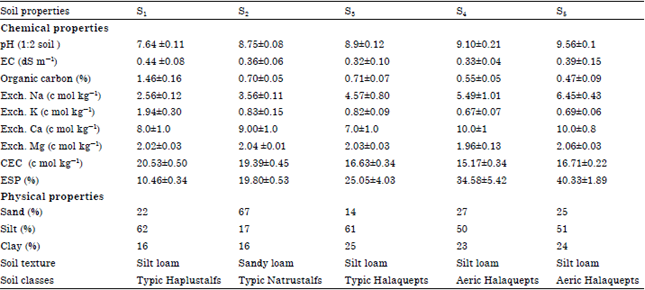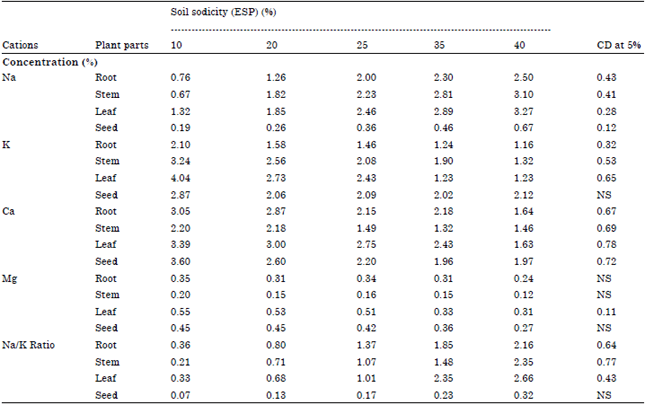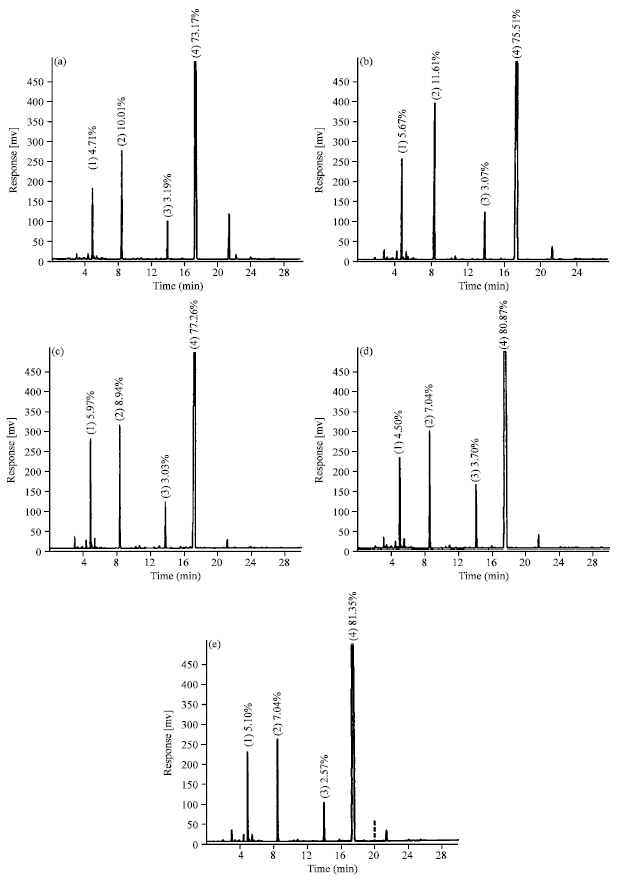Research Article
Soil Sodicity Alters Antioxidative Enzymes, Photosynthetic Pigments, Water Content and Essential Oil Quality of Fennel (Foeniculum vulgare Mill.)
Babu Banarasi Das Northern India Institute of Technology, Lucknow-226028, India
Praveen Kumar
Department of Botany, University of Lucknow, Lucknow-226007, India
Pramod Kumar Tandon
Department of Botany, University of Lucknow, Lucknow-226007, India
















